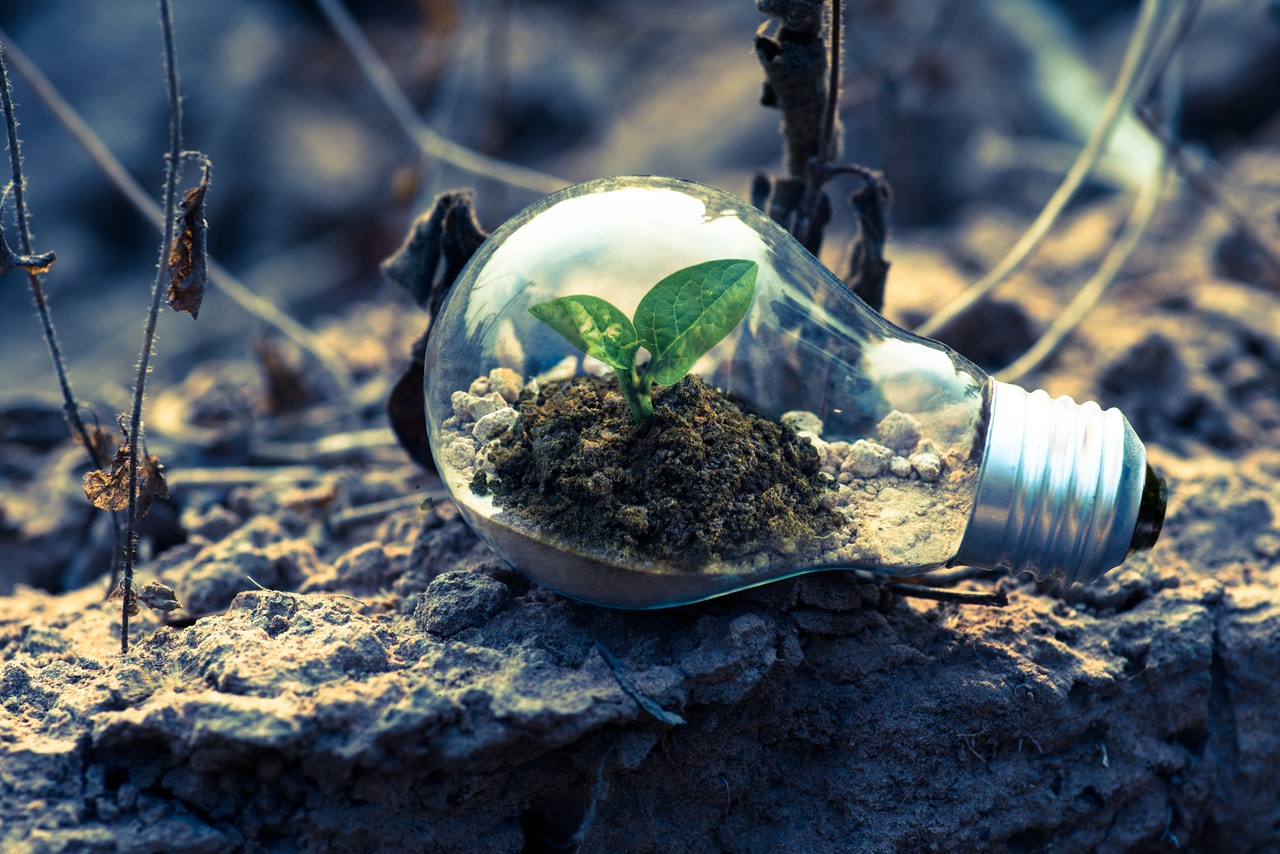Finnish scientists have installed the world’s first sand battery to store energy for several months. The developers believe that this can solve the main problem of green energy – year-round uninterrupted supply, global media reported.
Due to climate change and the rapid rise in fossil fuel prices, there has been a surge in investment in producing new renewable energy sources (RES). But while solar panels and wind turbines can be quickly added to national grids, these additional sources also pose challenges: how do you keep the power going when the sun doesn’t shine, and the wind doesn’t blow?
The solution is large-scale batteries that can store energy and regulate demand as the grid becomes greener. Most batteries today are made from lithium, are expensive, take up a lot of space, and can only handle a limited amount of excess power.
The risks of uninterrupted heat and light sources, especially in the run-up to the long and cold Finnish winter, concern politicians and citizens. A new technology developed by Finnish scientists should help reduce them.
Around 100 tons of building sand at the Vatajankoski power plant in Kankaanpää are charged with heat from cheap solar or wind power. The sand is heated up to 500°C by resistive heating (the same process that makes electric fireplaces work).
This generates hot air circulates in the sand using a heat exchanger. Sand is an efficient medium for storing heat and loses little over time. The developers report that their device can maintain sand temperatures of 500°C for several months.
The idea is that when electricity prices rise, the battery should release hot air, which heats water for the district heating system.
Other research groups, such as the US National Renewable Energy Laboratory, are also actively looking at sand as a viable form of battery for clean energy.
But the Finns were the first to create a working commercial system. “We liked the idea of trying something new, being the first in the world to do something like this,” said Vatajankoski power plant managing director Pekka Passi.

